Technology
Skype Shuts Down After 22 Years: A Look Back at Its Legacy and Why It Faded
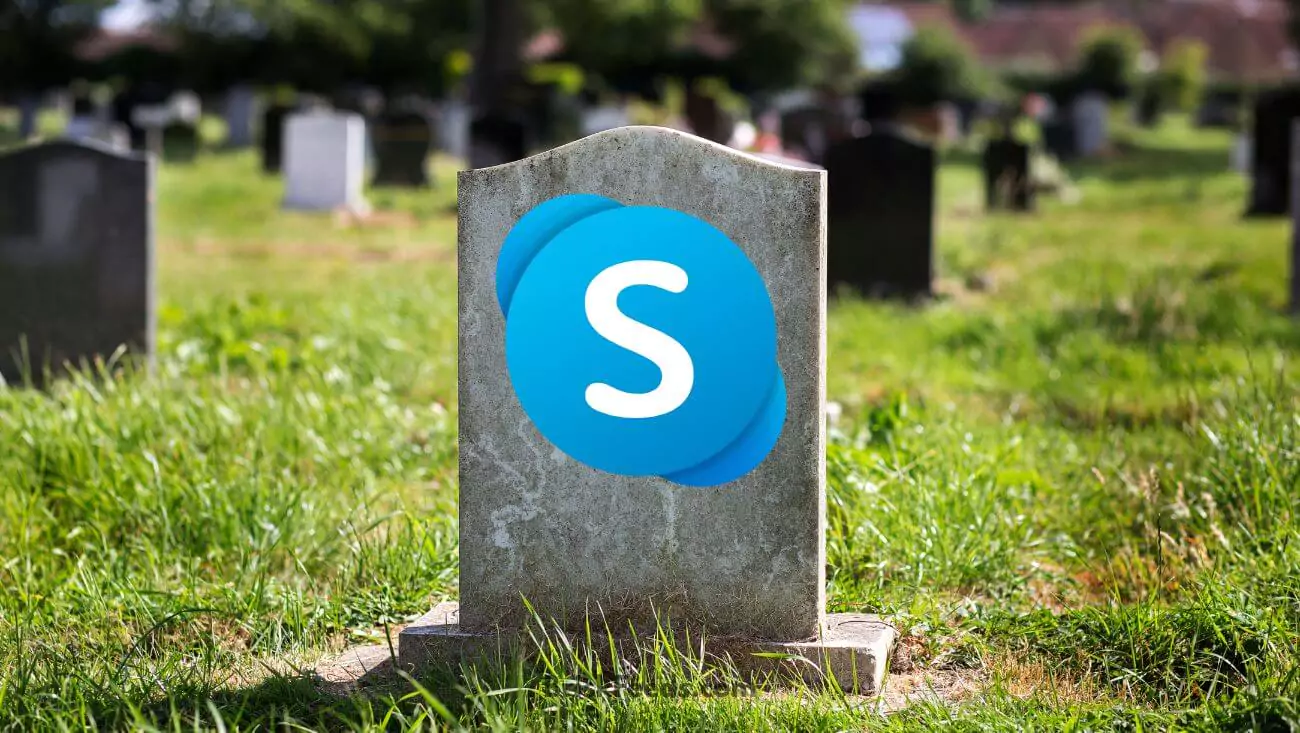
May 5, 2025 – Microsoft has officially shuttered Skype on May 5, 2025, marking the end of an era for a platform that once revolutionized online communication with its pioneering video and voice call services. Launched in 2003, Skype became a household name for connecting people across the globe, but its decline in recent years has led Microsoft to shift focus to Microsoft Teams, a more modern and integrated platform. As the digital communication landscape evolves, Skype’s closure raises questions about the challenges legacy tech platforms face in keeping up with user expectations and the rise of competitors like Zoom, WhatsApp, and FaceTime.
Skype’s journey began as a groundbreaking tool, allowing users to make free computer-to-computer calls and affordable international calls to landlines and mobiles at a time when such technology was rare. By 2011, when Microsoft acquired it for $8.5 billion, Skype boasted over 600 million users, serving as a lifeline for personal and professional communication. Its name, derived from “Sky peer-to-peer,” reflected its innovative use of peer-to-peer technology to transmit calls through the internet—or “the sky.” However, as competitors emerged with more intuitive interfaces and advanced features, Skype struggled to innovate, ultimately losing ground in the tech ecosystem. Microsoft’s decision to prioritize Teams, which now has over 320 million monthly active users compared to Skype’s dwindling 30 million, underscores this shift.
Why Skype Faded: Key Factors in Its Decline
Here’s a breakdown of the reasons behind Skype’s closure:
- Failure to Evolve: Skype lagged in adopting modern features like AI-driven transcription and seamless design fluidity, which competitors like Zoom and Teams offered.
- Integration Challenges: Unlike Teams, Skype didn’t fully integrate into Microsoft’s ecosystem, making it feel clunky for users.
- Rise of Competitors: Platforms like WhatsApp and FaceTime provided easier, mobile-first experiences, while Zoom dominated during the pandemic with its lightweight interface.
- Microsoft’s Focus Shift: Microsoft redirected resources to Teams, leaving Skype with minimal updates and support.
The shutdown has sparked mixed reactions among users, many of whom shared nostalgic memories of using Skype for long-distance family calls or early-career interviews. For businesses, however, the closure poses challenges, with a 2023 Gartner study noting that 71% of companies face productivity losses during such transitions due to data migration and retraining needs. Microsoft has attempted to ease this shift by allowing Skype users to sign into Teams with their existing credentials, automatically transferring chats and contacts, and offering a Skype Dial Pad in Teams for remaining paid users. Still, concerns linger about unrefunded Skype credits, with users like Susan Griffin expressing frustration over Microsoft’s refusal to offer cash refunds or credits toward other services like Office subscriptions, highlighting broader issues in digital service transitions.
Skype’s closure is a stark reminder of the relentless pace of innovation in tech, where even pioneering platforms can become obsolete if they fail to adapt. The platform joins a long list of once-popular services like Orkut, BlackBerry Messenger, and Google Hangouts, which also faded as user needs evolved. For those still relying on Skype for affordable international calls, alternatives like WhatsApp or Zoom may fill the gap, though some users, particularly businesses, lament the loss of a service that could dial landlines directly—a feature not universally available in newer apps. This shutdown also reflects Microsoft’s strategic pivot toward AI-driven tools, as seen in Teams’ features like real-time transcription and predictive scheduling, aligning with trends in the AI communication space.
As Skype fades into tech history, its legacy as a pioneer in online communication endures, having shaped how we connect in a digital world. For users transitioning to Teams or exploring other platforms, the challenge lies in adapting to new tools while preserving the connections Skype once facilitated. What memories do you have of Skype, and how will its closure impact your communication habits? Share your thoughts in the comments—we’d love to hear how this iconic platform touched your life.
Technology
Breaking! Apple Denies Blocking Fortnite EU Return, Disputes Epic Games’ Accusations

In a breaking new development, Apple denies blocking Fortnite EU access, directly disputing Epic Games’ recent accusations that it’s preventing the popular game’s return to the App Store in Europe. This counter-statement from Apple adds a significant new dimension to their ongoing feud, leaving gamers in the USA and EU seeking clarity.
The intense dispute between Epic Games and Apple has taken another significant turn, as Apple denies blocking Fortnite EU re-entry. The tech giant has publicly refuted claims made by Epic Games which alleged that Apple was actively obstructing Fortnite’s return to the iOS App Store, particularly within the European Union. This direct denial from Apple challenges Epic’s narrative and further complicates the public understanding of this long-standing corporate battle. The core of Apple’s stance that Apple denies blocking Fortnite EU access appears to be that a pathway exists for Epic to bring the game back.
Previously, Epic Games had asserted that Apple was preventing Fortnite’s reinstatement on iPhones and iPads globally, including in the EU where the new Digital Markets Act (DMA) was anticipated to facilitate alternative app distribution. Apple’s latest position, however, suggests that the responsibility for Fortnite’s continued absence from iOS in the EU may not solely lie with them. The fact that Apple denies blocking Fortnite EU hints at complex underlying factors.
Apple’s Stance: Why Apple Denies Blocking Fortnite EU Access
While Epic Games has portrayed Apple as an obstacle, Apple’s counter-claims imply that the situation is more nuanced. According to reports reflecting Apple’s viewpoint, the company is not currently preventing Epic from launching Fortnite in the EU App Store or operating its own third-party app marketplace on iOS within the region, as would be allowed under the DMA. The claim that Apple denies blocking Fortnite EU is central to their current messaging.
Key elements of Apple’s rebuttal regarding its position that Apple denies blocking Fortnite EU access:
- No Active EU Block Alleged: Apple reportedly maintains it is not actively obstructing Fortnite’s submission or its return to the EU App Store under the DMA framework. Their assertion that Apple denies blocking Fortnite EU is firm.
- Emphasis on Epic’s Compliance: Apple’s statements suggest that if Fortnite has not yet reappeared, it could be due to Epic Games not having fully complied with Apple’s revised developer terms for the European Union. These terms include provisions for alternative payment systems and app distribution but are still subject to certain conditions and potential fees.
- Developer Account Status is Key: The status of Epic Games’ developer account with Apple, which was previously terminated and then conditionally reinstated for EU operations, remains a pivotal and complex factor. Apple could argue that full agreement to the new EU terms is a necessary step for Epic to proceed, reinforcing why Apple denies blocking Fortnite EU outright.
- Epic’s Claims Called “Misleading”: Apple has reportedly described Epic’s public statements about being blocked as misleading, indicating a belief that Epic is not presenting the full picture, further supporting Apple’s stance that Apple denies blocking Fortnite EU.
This “he said, she said” dynamic regarding Apple denying blocking Fortnite EU access makes the situation challenging for gamers in the USA and EU. The original conflict, which led to Fortnite’s initial removal from the App Store in 2020, was centered on Epic’s challenge to Apple’s in-app purchase policies. Despite years of legal proceedings, the core disagreements persist, even with new regulatory landscapes. The complexities involved are evident, similar to how users sometimes face unexpected issues with major software updates.
If Apple’s assertion that Apple denies blocking Fortnite EU access is accurate, it raises further questions about Epic Games’ current strategy. Conversely, if Epic’s claims of an active block are indeed true, Apple’s denial would be a significant misrepresentation. The precise details of communications remain crucial to understanding why Apple denies blocking Fortnite EU while Epic claims otherwise. This type of corporate dispute often involves intricate legal considerations, even as companies innovate in other areas, like Google’s advancements in AI accessibility.
The only certainty for now is that Apple denying blocking Fortnite EU access adds another significant layer to this protracted saga. Millions of players remain caught in the crossfire. This ongoing dispute serves as a critical real-world test for the Digital Markets Act. The outcome will undoubtedly have lasting implications for app store policies globally, influencing how platforms like Apple manage their ecosystems, especially as new technologies like AI coding tools from OpenAI become more widespread.
The war of words appears far from over. This latest development, with Apple denies blocking Fortnite EU access, ensures continued scrutiny.
Technology
Amazing! YouTube TV Multiview Customization Explodes Beyond Sports – Watch ALL Your Favorite Channels at Once!
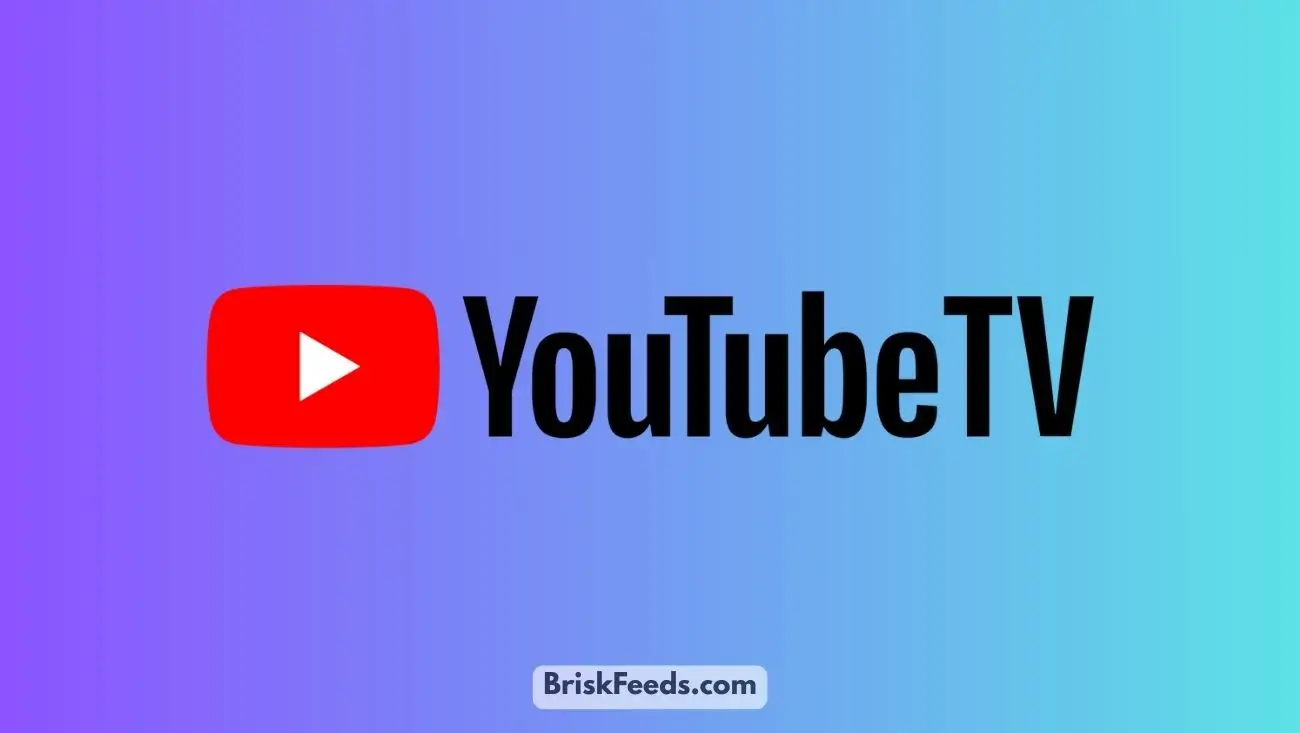
Get ready to supercharge your TV time! The incredible YouTube TV Multiview customization feature is no longer just for sports fans. It’s now rolling out more broadly, letting you build your own personalized split-screen views with channels like ESPN, Bravo, USA Network, and more! This is a massive upgrade for USA viewers wanting ultimate control over their entertainment.
Prepare for a revolutionary change to your streaming habits because YouTube TV Multiview customization is breaking free from the sports arena and coming to your everyday entertainment! YouTube TV is officially expanding its popular Multiview feature, which allows you to watch multiple channels simultaneously on one screen. Initially a hit for watching several live games, this amazing tool is now becoming customizable and available for a wider array of content, including news, entertainment, and lifestyle channels like ESPN (for non-game content), Bravo, and USA Network.
This expansion of YouTube TV Multiview customization is a game-changer for subscribers across the USA. No longer will you have to frantically switch between channels to keep up with your favorite reality show drama, a crucial news update, and a lifestyle program. Now, you can create your own perfect quad-screen setup, tailoring your viewing experience like never before. This is a huge leap in personalized entertainment, putting you firmly in the director’s chair of your TV screen.
How YouTube TV Multiview Customization Will Transform Your Binge-Watching
The beauty of the enhanced YouTube TV Multiview customization lies in its flexibility. While YouTube TV previously offered pre-set Multiview options, primarily for sports, users will now have more freedom to select the specific channels they want to combine. Imagine keeping an eye on a cooking show on one pane, a home renovation project on another, the latest celebrity gossip on a third, and a news ticker on the fourth – all at the same time!
What this fantastic upgrade means for you:
- Ultimate Channel Surfing Freedom: Build your dream dashboard of live TV. Mix and match news, reality shows, lifestyle programming, and yes, still sports, to create a view that’s uniquely yours.
- Never Miss a Moment: Keep tabs on multiple developing stories or shows simultaneously. No more FOMO (fear of missing out) when several must-watch programs air at the same time.
- Perfect for Households with Diverse Tastes: Settle family TV debates by giving everyone a piece of the screen. (Though audio will still likely focus on one primary stream).
- Enhanced Event Viewing: While it started with sports, imagine using this for major live events like awards shows (keeping an eye on the main broadcast and a red-carpet feed) or election night coverage (multiple news outlets at once). This kind of multi-feed experience is becoming more sought after, similar to how users might track multiple information sources during major announcements, like YouTube’s own Brandcast for new ad features.
The rollout of this customizable YouTube TV Multiview customization is happening gradually, so not all users may see it immediately. However, reports indicate it’s becoming more widely available, particularly on smart TVs and streaming devices that support the YouTube TV app. The user interface is expected to be intuitive, allowing viewers to easily select and arrange their chosen channels into the Multiview display. This user-centric approach is key in today’s competitive streaming market, where platforms are constantly innovating, much like how OpenAI is refining its ChatGPT with tools like the Codex agent for coders.
This feature significantly boosts the value proposition of YouTube TV, setting it apart from many other live TV streaming services that lack such advanced multi-channel viewing capabilities. It caters directly to the modern viewer’s desire for control and personalization. As content options explode, tools that help manage and consume that content more efficiently are highly prized. This focus on user experience is vital, and even tech giants like Google continuously update their core products with features like enhanced AI accessibility.
The expansion of YouTube TV Multiview customization beyond just sports also indicates YouTube TV’s ambition to be the go-to platform for all types of live television consumption. By offering features that appeal to a broader audience, from news junkies to reality TV aficionados, YouTube TV is strengthening its position. While the initial Multiview was a fantastic addition for sports, this customizable version makes it a universally appealing tool. It will be interesting to see how other streaming services respond to this innovative feature. The battle for viewer attention is fierce, and features that enhance engagement and utility are critical, a lesson learned even in contexts like xAI’s handling of the Grok AI controversy and user trust.
Technology
Fortnite Blocked Worldwide on iOS, Epic Games Blames Apple for Extended Ban
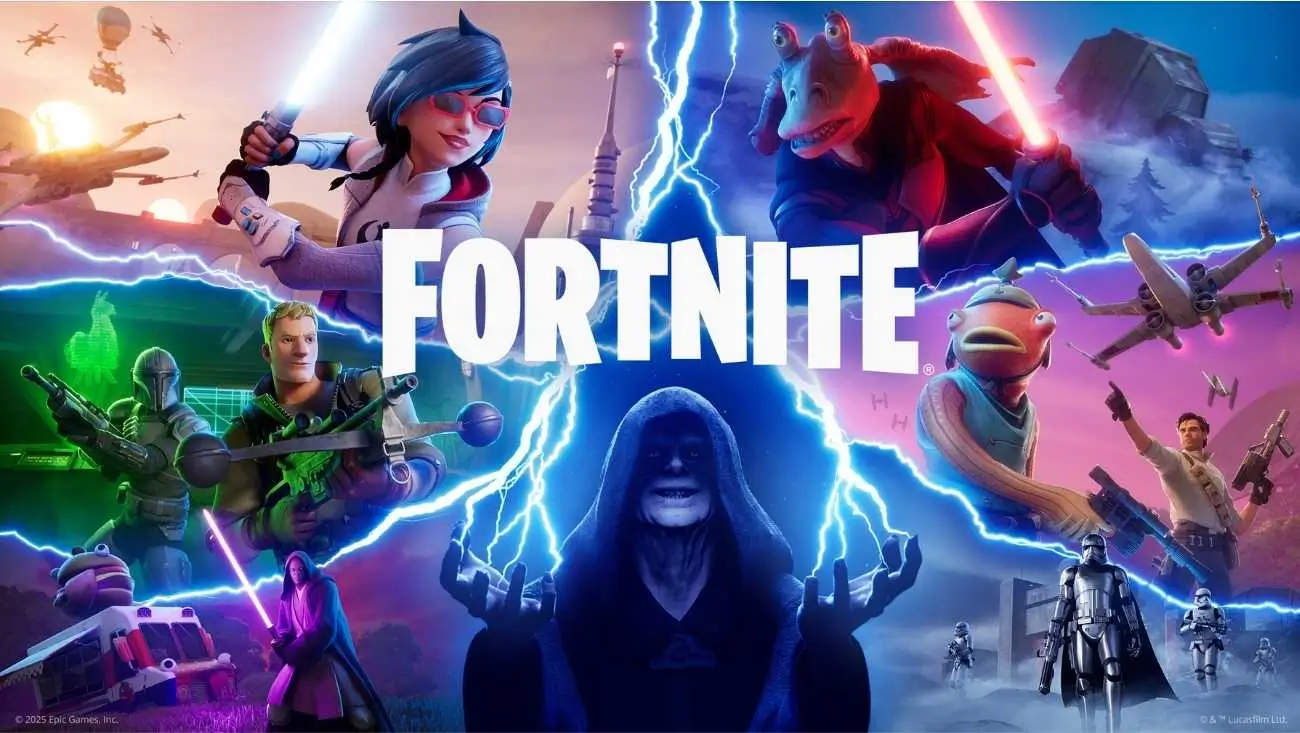
The gaming world is reeling from new claims: the Fortnite iOS ban is not only continuing but has allegedly been extended by Apple to block the game’s return to App Stores globally, including crucial markets like the USA and the European Union. Epic Games, the developer of the hit battle royale, made the announcement via X, stating that Apple has rejected their attempts to bring Fortnite back to iOS devices. This move effectively shuts out millions of iPhone and iPad users from officially accessing the game, reigniting the fierce and long-running dispute between the two tech giants.
This latest escalation in the Fortnite iOS ban saga comes after a period where many hoped for a resolution, especially with new regulations like the EU’s Digital Markets Act (DMA) potentially paving the way for alternative app distribution. However, Epic Games’ recent statements paint a picture of continued intransigence from Apple, dashing the hopes of countless players who have been unable to play Fortnite on their iOS devices since it was first removed in August 2020. The original removal stemmed from Epic’s attempt to bypass Apple’s in-app purchase system and its 30% commission, a move Apple deemed a violation of its App Store rules.
What This Extended Fortnite iOS Ban Means for Gamers
The implications of this ongoing Fortnite iOS ban are massive, particularly for the dedicated player base in the USA and Europe. Fortnite is more than just a game; it’s a cultural phenomenon and a social hub for millions. Being unable to access it on one of the world’s most popular mobile platforms creates a significant divide and frustration.
Key points for gamers to understand:
- No Official Fortnite on iPhone/iPad: As per Epic’s claims, Apple is actively preventing Fortnite from being listed on the App Store worldwide. This means no new downloads and no updates for those who might still have older versions.
- Legal Battles Continue: This latest development is set against the backdrop of years of intense legal wrangling between Epic Games and Apple over App Store policies, commission fees, and alleged anti-competitive practices.
- Impact of Regulations (DMA): While the EU’s Digital Markets Act was expected to force Apple to allow third-party app stores and alternative payment systems, Epic’s claims suggest that bringing Fortnite back, even under these new rules, is proving incredibly challenging. This is a critical test case for the effectiveness of such regulations. The struggle over app store control has parallels with other platform policy debates, such as the recent issues Windows 10 users faced with a problematic update.
Epic Games CEO Tim Sweeney has been vocal in his criticism of Apple’s App Store practices, and this latest alleged block has only added fuel to the fire. He has accused Apple of acting in bad faith and undermining the spirit of new regulations designed to promote competition. The ongoing Fortnite iOS ban is seen by many as a symbol of a larger fight for a more open mobile ecosystem. The complexities of platform governance are vast, touching everything from gaming to how YouTube is implementing new AI ad strategies.
For Apple, its App Store policies are a cornerstone of its services revenue and a way it maintains control over security and user experience on its devices. The company has consistently argued that its rules are applied fairly and are necessary to protect users and developers. However, critics, including Epic Games, argue that these policies stifle innovation and lead to unfairly high fees. The situation is reminiscent of other tech giants facing scrutiny over their market power, an ongoing theme in the tech world, even as those same companies produce beneficial innovations like Google’s AI accessibility tools.
The indefinite Fortnite iOS ban means that a huge segment of the mobile gaming market is cut off from one of the world’s most popular titles. While players can still access Fortnite on other platforms like PC, Android (often via direct download from Epic), and consoles, the absence from the iOS App Store is a significant blow to both Epic Games and the players who prefer Apple’s ecosystem. As AI continues to permeate various sectors, including the development of specialized AI models for software engineering by companies like Windsurf, the fundamental rules of digital distribution remain a battleground.
The coming weeks and months will likely see further legal and public relations battles between Epic and Apple over this extended Fortnite iOS ban. The eyes of the tech world, regulators, and millions of gamers will be watching closely to see if a path can be found to bring Fortnite back to iPhones and iPads, or if this digital exile will continue.
-

 AI3 months ago
AI3 months agoDeepSeek AI Faces U.S. Government Ban Over National Security Concerns
-

 Technology2 months ago
Technology2 months agoiPhone 17 Air and Pro Mockups Hint at Ultra-Thin Future, Per Leaked Apple Docs
-

 AI3 months ago
AI3 months agoGoogle Gemini Now Available on iPhone Lock Screens – A Game Changer for AI Assistants
-
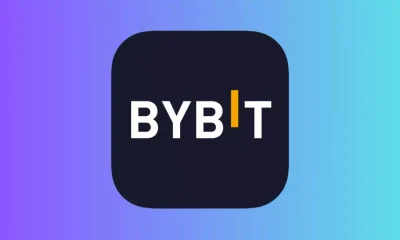
 Technology3 months ago
Technology3 months agoBybit Suffers Record-Breaking $1.5 Billion Crypto Hack, Shaking Industry Confidence
-

 AI3 months ago
AI3 months agoOpera Introduces AI-Powered Agentic Browsing – A New Era for Web Navigation
-
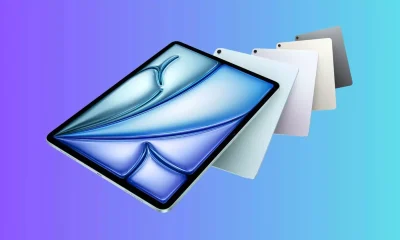
 Technology3 months ago
Technology3 months agoApple Unveils New iPad Air with M3 Chip and Enhanced Magic Keyboard
-

 Technology3 months ago
Technology3 months agoPokémon Day 2025 Celebrations Set for February 27 With Special Pokémon Presents Livestream
-

 AI3 months ago
AI3 months agoChina’s Manus AI Challenges OpenAI with Advanced Capabilities
